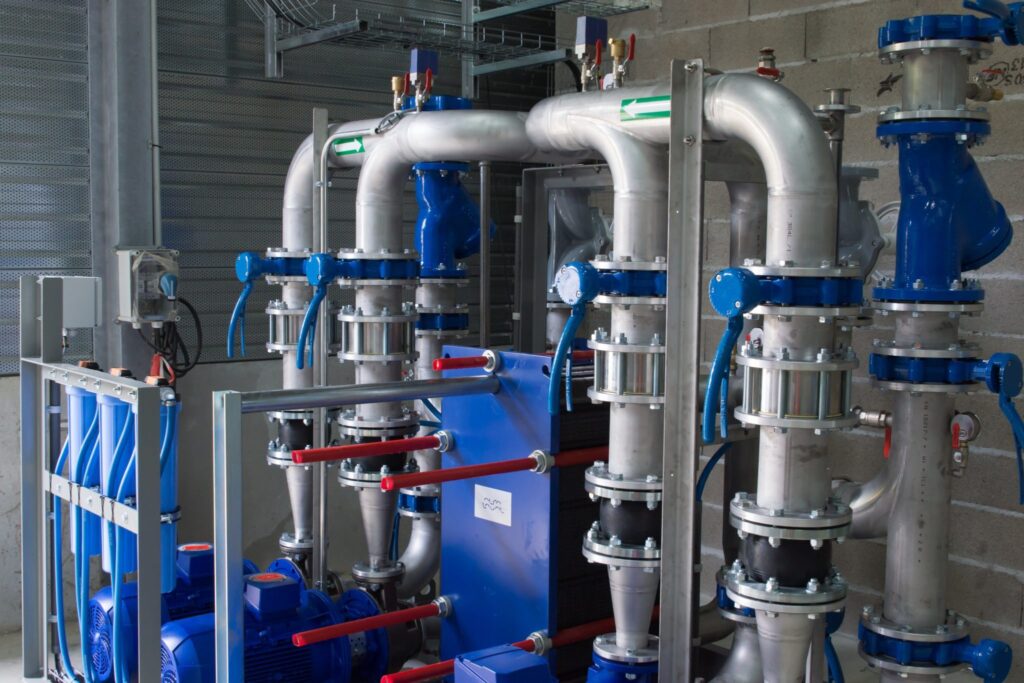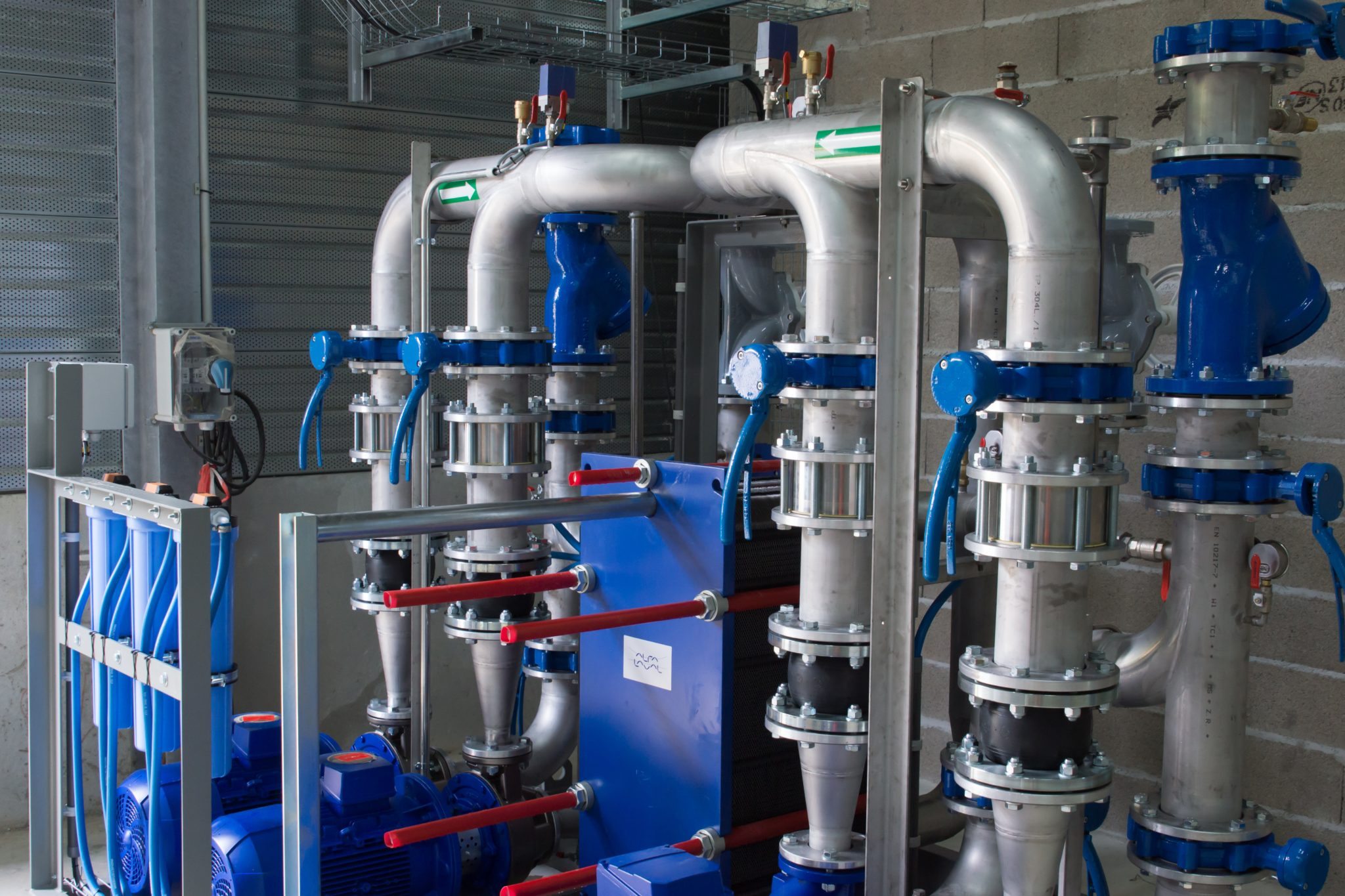
Objectives
Pressure testing ensures that tanks, vessels and piping systems, are correctlyconstructed. Testing ensures the integrity of flanged joints and threaded connections. Two objectives must be satisfiedduring the performance of the pressure test:
- Primary Objective:Demonstratethe integrity of the pressure boundary
- Secondary Objective:Minimizehazard to test personnel and existing facilities
Design Requirements
The governing code specifies the pressure testing requirements. Critical parameters for testing include:
- Method
- Test Pressure
- Duration
Types Of Testing
Pressure testing can be performedusing water, compressed air or process fluid. An overview of test methods is providedbelow:
- Hydrostatic Testing: In a hydro test, piping, vessels and tanks are filledwith water to check for leakage. When required, a small pump is usedto pressurize the system to the required test pressure. Pressure is maintainedwhile a leakage examination is conductedat connections.
- Pneumatic Testing:In a pneumatic test, piping, and vessels are filledwith compressed air (or other gas) to check for leakage. A large compressor is neededto achieve the required test pressure. Pressure is maintainedwhile a leakage examination is conducted at all connections. Leakage is detected bysoap bubbles
- Initial Service Testing: In some cases hydrostatic and pneumatic testing is not practical. In an initial service test, the system is placedinto service. A leakage exam is conductedwith the system at operating pressure.
Testing Considerations
- MinimizeHazardous Test Energy:The potential for a rupture during testing must be assessed. A rupture can result in an immediate expulsion of stored energy. This can damage systems and injure personnel. Testing methods that limit the energy in the system should be considered. Water is nearlyincompressible. A small amount of energy is requiredto to increase pressure. Air must be compressedto increase pressure. A pneumatic test may have over 1000 times the energy of a hydrostatic test.
- Process Contamination:The engineer should consider contaminant limitations of the process fluid. Hydrostatic testing can leave residual contaminants in the system. When this cannot be tolerated; the engineer should consider an Initial Service Test.
- Geometry & Venting:During a hydrotest, air will be compressedand trapped in local high points of the piping system. The presence of air can hinder leakage detection. The piping system should be designedwith slope and high-point vents. This allows air to be purgedfrom the system. Ultrasonic testing can be usedto confirm the absence of any trapped air pockets.
- Specific Gravity:Steam and gas piping systems are designedto carry light contents. Hydrotesting of these systems, can create excessive loading on the piping system. A pipe stress analysis is neededto confirm the adequacy of the system.
- Combustibility: Flammable gases and liquids are routedin oxygen-free systems. Pneumatic testing with air can introduce oxygen into these piping systems. Following testing, process flow is introducedinto the line. This can dilute contents below the Upper Explosive Limit (UEL). Once below the UEL, the contents may combust or explode. The engineer should specify a system purge with inert gas prior to restoration.
- Initial Service Testing: Supporting systems must be functional for the test. For example, steam systems can only be testedonce enough heat is available to generate steam. Testing can be delayeduntil late in the project. This leaves little time for the project to recover if leakage is identified. Fixing a component may need draining of the system. This can waste expensive process chemical. The engineer should understand schedule constraints when considering an Initial Service Test.
Pressure Testing by XCEED
At, XCEED we have the tools to help develop your pressure testing plan. Our engineers weigh the benefits of each method. We develop testing boundaries and supporting analysis to conduct testing. For more information about our testing services, Contact Us.

